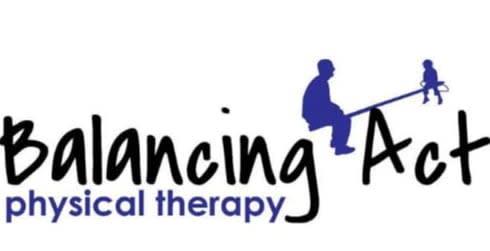Unlocking Your Full Potential: Why Physical Therapy Reigns Supreme in Injury Rehabilitation

Posted on June 13, 2024
Introduction:
In the realm of injury rehabilitation, the choice of approach can make all the difference between temporary relief and lasting recovery. While options like chiropractic care may offer short-term benefits, the holistic approach of physical therapy stands out as the gold standard for long-term healing and wellness. Many patients find themselves drawn to chiropractic care initially, only to discover that it often necessitates ongoing visits, leading to dependency. In contrast, physical therapy aims not just to alleviate symptoms but also to empower patients with the tools and knowledge needed for self-management and eventual independence from therapy sessions.
Let's explore why, when it comes to restoring functionality and reclaiming your life post-injury, physical therapy emerges as the superior choice.
In the journey towards recovery from injury, the path isn't always straightforward. Often, it requires a multifaceted approach tailored to individual needs. While rest and medication may suffice for minor injuries, more complex cases demand the expertise of physical therapists. Physical therapy isn't merely a supplementary option; it's a crucial component in restoring functionality and mobility. Let's delve into why a physical therapy approach is indispensable in injury rehabilitation.
Muscle Strength and Flexibility:
Physical therapy focuses on rebuilding muscle strength and flexibility, both of which are vital for a full recovery. Through targeted exercises and stretches, therapists help patients regain lost strength and improve flexibility around the injured area. Strengthening weakened muscles not only aids in injury recovery but also prevents future occurrences by providing better support to vulnerable areas.
Addressing Muscle Imbalances:
Muscle imbalances often contribute to injuries or hinder recovery progress. Physical therapists conduct thorough assessments to identify these imbalances and devise tailored treatment plans to correct them. By restoring balance and symmetry to muscle groups, physical therapy reduces the risk of reinjury and enhances overall performance.
Treatment Modalities:
Physical therapy encompasses a wide range of treatment modalities, each serving a specific purpose in rehabilitation. These may include ultrasound therapy, electrical stimulation, heat and cold therapy, and therapeutic exercises. By combining various modalities, therapists create a comprehensive treatment approach that accelerates healing and alleviates pain.
Manual Therapy:
Hands-on techniques such as massage, joint mobilization, and soft tissue manipulation play a crucial role in physical therapy. Manual therapy helps improve circulation, reduce muscle tension, and enhance joint mobility. It's particularly effective in releasing tightness and restoring range of motion, facilitating faster recovery and improved functional mobility.
Customized Exercise Prescription:
One of the hallmarks of physical therapy is its emphasis on personalized exercise programs. Therapists prescribe exercises tailored to the individual's specific needs, taking into account factors such as the type and severity of injury, current fitness level, and functional goals. This customized approach ensures that patients engage in safe and effective exercises that promote healing without causing further harm.
Pacing and Progression:
Injury rehabilitation is a gradual process that requires careful pacing and progression. Physical therapists monitor patients' progress closely, adjusting treatment protocols as needed to optimize outcomes. By gradually increasing the intensity and complexity of exercises, therapists help patients build resilience and endurance while minimizing the risk of setbacks.
Pain Reduction:
Chronic pain is a common challenge faced by individuals recovering from injuries. Physical therapy employs various techniques to manage and alleviate pain, including manual therapy, modalities such as heat and ice, and therapeutic exercises. By addressing the underlying causes of pain and promoting natural healing processes, physical therapy offers long-term relief and improved quality of life.
Improvements in Functional Mobility:
Ultimately, the goal of physical therapy is to restore functional mobility and independence. Therapists work collaboratively with patients to improve movement patterns, balance, coordination, and proprioception. By targeting specific functional tasks related to daily activities, physical therapy empowers individuals to regain confidence and resume their normal routines with minimal limitations.
Conclusion:
Physical therapy is not just a treatment; it's a journey towards holistic recovery and wellness. By addressing muscle strength, flexibility, imbalances, and pain, along with offering personalized exercise prescription and manual therapy, physical therapists play a pivotal role in guiding individuals through the rehabilitation process. Whether recovering from a sports injury, surgery, or chronic condition, the expertise and support of a physical therapist are indispensable in achieving optimal outcomes and reclaiming an active, pain-free lifestyle.
Get in Touch
Get in Touch with the Experts at Balancing Act Physical Therapy
Don't let pain and discomfort hold you back from living your life to the fullest. Contact our team of experienced physical therapists today and take the first step towards a healthier, happier you.

